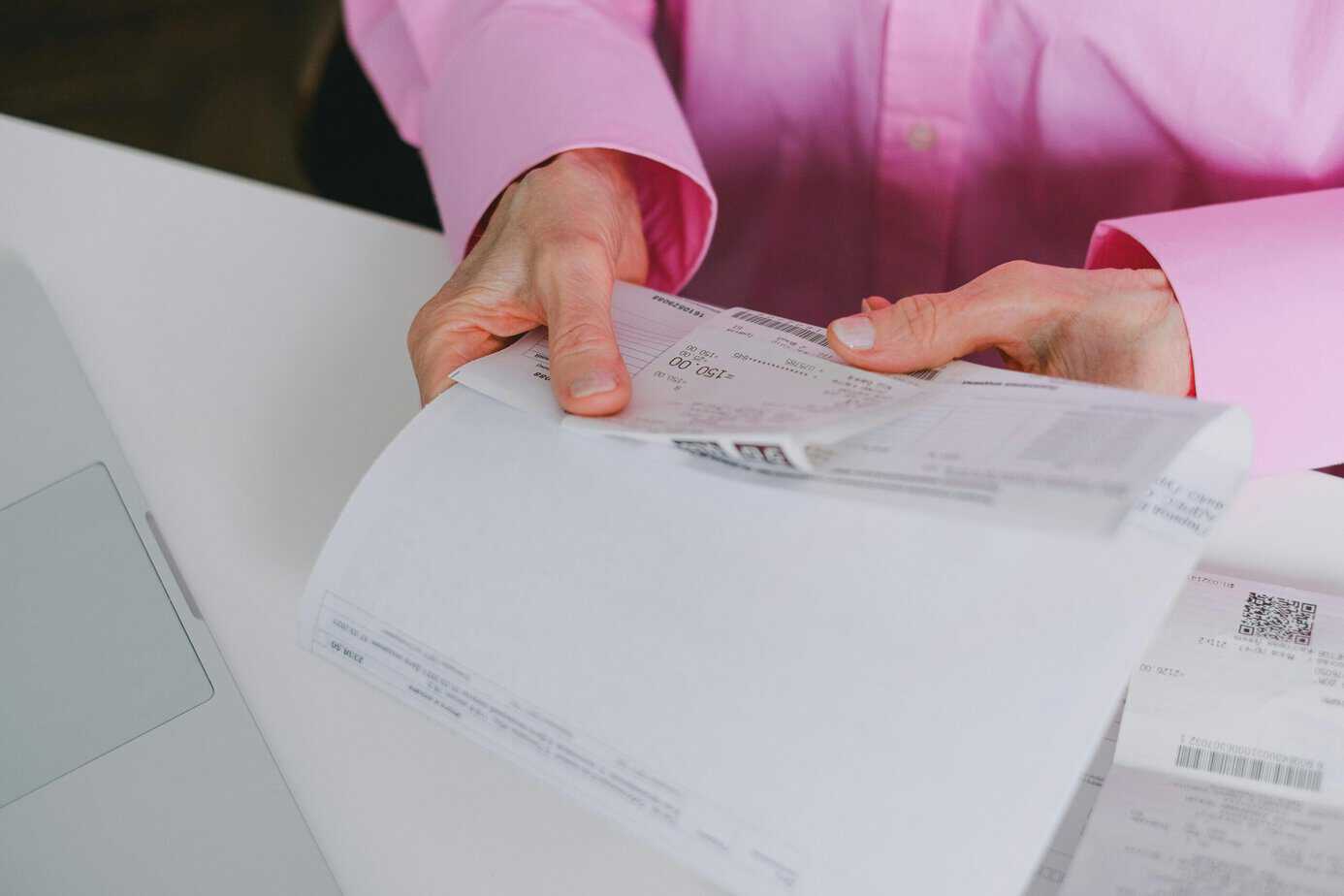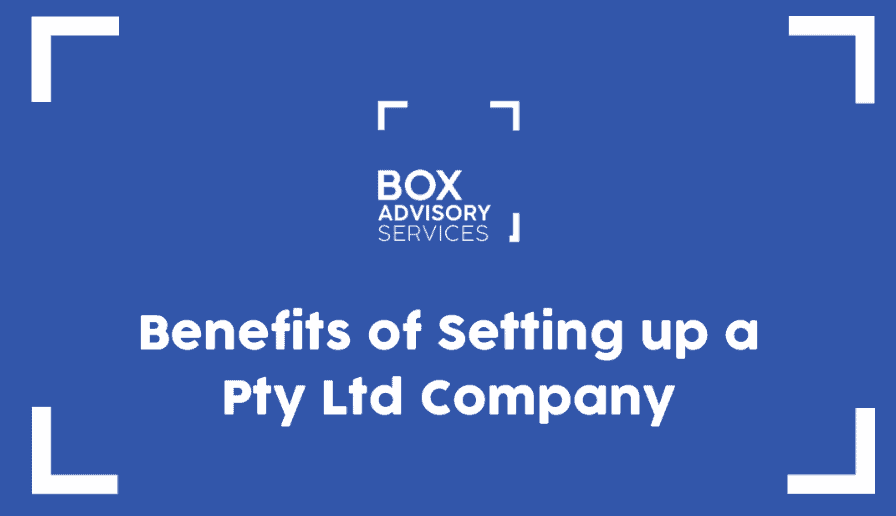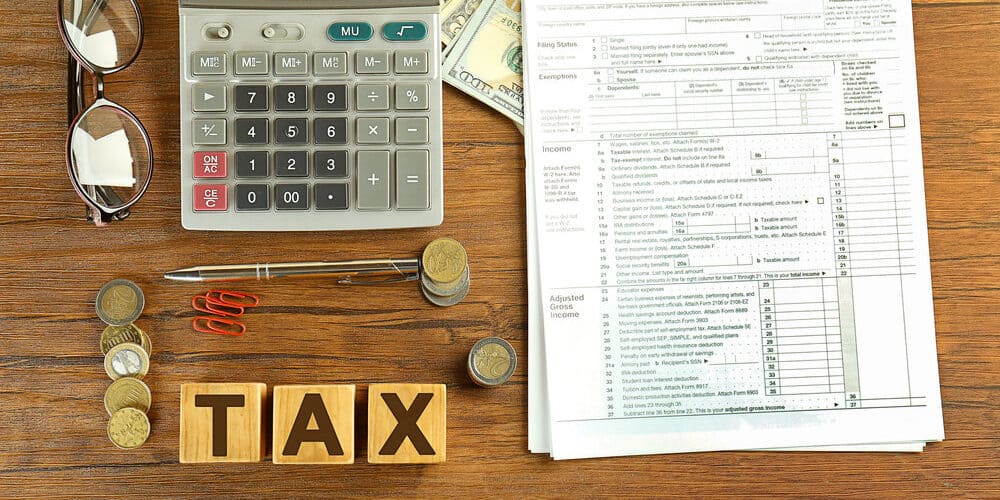
BY
|
What is GST in Australia?
If you’re a business owner or professional in Australia, you’ve probably heard of GST – but what is it and how does it impact you? In this article we’ll break down the basics of GST from registration to reporting so you can stay compliant and grow your business.
What is Goods and Services Tax (GST)?
GST, or Goods and Services Tax, also known as Services Tax GST, is a 10% tax on most goods and services sold or consumed in Australia. It’s a value-added tax that businesses collect and pay to the government.
Think of it like this: when you buy a coffee for $4.50, the café is actually charging you $4.09 for the coffee and $0.41 for the GST. They keep the $4.09 and remit the $0.41 to the Australian Taxation Office (ATO).
Who Needs to Register for GST?
Not every business needs to register for GST. Here’s a quick guide:
- If your business has an annual GST turnover of $75,000 or more, you must register for GST.
- For non-profit organisations, the threshold is higher at $150,000.
- If your turnover is below these thresholds, you can still register voluntarily.
Once you’re registered you need to include GST in your prices and submit the tax to the ATO.
How to Register for GST
Registering for GST is easy:
- Check if you need to register based on your turnover.
- If you don’t have an Australian Business Number (ABN), apply for one – you’ll need it for GST registration.
- Complete the online GST registration through the ATO’s website.
- Wait for confirmation of your registration, which usually arrives within three business days.
- Start collecting GST on your taxable sales and claiming credits on your purchases. A good rule of thumb is to start by putting away 10% of every sale made, but this increases depending on your business’s turnover.
That’s it! If you’re unsure about any of the above, the ATO’s website has heaps of resources or you can talk to a tax professional.
Charging and Claiming GST
Once you’re registered for GST, you need to add 10% to the prices of your taxable goods and services. For any sales over $82.50, you must issue a tax invoice showing the GST amount.
Certain supplies, such as basic foods and medical services, are GST-free and do not require you to charge GST.
But it’s not all about charging – you can also claim input tax credits on your business purchases which can offset the GST you owe. Just remember you can’t claim GST on purchases for personal use.
Here’s an example:
| Transaction | Amount (excl. GST) | GST | Total (incl. GST) |
| Sale | $1,000 | $100 | $1,100 |
| Purchase | $500 | $50 | $550 |
In this case, you’d charge $100 GST on your sale, claim $50 GST on your purchase and remit the difference of $50 to the ATO. Remember, you can only claim GST credits on purchases that are used to make taxable supplies.
Reporting and Paying GST on Taxable Supplies
So, you’ve collected GST – now what? You need to report it on your Business Activity Statement (BAS) which you’ll submit to the ATO either monthly or quarterly.
When you report your GST on your Business Activity Statement (BAS), you are essentially reporting your GST liability to the ATO.
If you’re voluntarily registered and your turnover is under $75,000, you can choose to report annually instead.
Your BAS and payment will be due on the date shown on the form. You can report and pay online via myGov or through a registered tax agent
Record-Keeping for GST: Importance of Tax Invoices
To ensure accurate GST reporting, you need to keep records of all your sales, purchases, GST collected, and GST paid. These records must be kept for at least five years and can be electronic or paper-based.
Your records should include:
- The GST amount
- The ABN of the business you dealt with
- The date of the transaction
- A description of the goods or services.
Good record-keeping helps with GST compliance and can also give you valuable insights into your business’s financial health.
GST-Free Sales
GST-free sales are sales where you don’t include GST in the price of your product or service. You can still claim credits for the GST included in the price of purchases you use to make your GST-free sales:
Examples of GST-free products and services include:
- Most basic food
- Some education courses, course materials, and related excursions or field trips
- Some medical, health and care services
- Some menstrual products
- Some medical aids and appliances
- Some medicines
- Some childcare services
- Some religious services and charitable activities
- Supplies of accommodation and meals to residents of retirement villages by certain operators
- Cars for disabled people to use, when certain requirements are met
- Water, sewerage and drainage
- International transport and related matters
- Precious metals
- Sales through duty-free shops
- Grants of land by government
- Farmland
- International mail
- Exports
- Sales of businesses as going concerns
- Some telecommunications supplies
- Eligible emissions units
GST-Free Exports
Exported goods are GST-free if they are exported from Australia within 60 days of the supplier receiving payment or issuing an invoice, whichever occurs first.
Other GST-free exports generally include supplies other than goods for consumption outside Australia, such as services and various rights. A supply of a service is usually GST-free if the recipient of the service is outside Australia and the service is not connected to Australia.
Key Points
Let’s sum it up:
- GST is 10% on most goods and services in Australia.
- GST is a crucial part of the Australian tax system, replacing the previous federal wholesale sales tax.
- Businesses must register for GST if their annual turnover is over $75,000 (or $150,000 for non-profits).
- Once registered, you can add GST to your prices, claim credits on purchases, and report and pay the difference to the ATO regularly.
- Keep records of all your GST transactions for at least 5 years.
- If you’re unsure about any of the above talk to the ATO’s website or a tax professional.
- Some sales are GST-free, if they meet certain requirements. This also includes specific exports.
By understanding and fulfilling your GST obligations, you can keep your business running smoothly and avoid any unnecessary stress come tax time.
FAQs
How much is GST in Australia?
The standard GST rate in Australia is 10%. It applies to most goods and services sold or consumed in Australia, with a few exemptions, such as basic foods, some medical services, and certain educational courses.
Do you have to pay GST if you earn under $75,000?
If your business has an annual GST turnover under $75,000 (or $150,000 for non-profit organisations), registering for and paying GST is optional. Once your annual turnover reaches the relevant threshold, you must register for GST within 21 days.
What does GST stand for?
GST stands for Goods and Services Tax. It is a broad-based 10% tax on the sale of most goods, services, and other consumables in Australia.
Do I need to pay GST?
Generally, if you are registered for GST, you must include GST in your prices, collect it from customers, and pay it to the ATO. You can also claim GST credits for GST included in the price of your business purchases.
What is a GST refund?
If you are a tourist visiting Australia, you may be able to get a refund of the GST you paid on goods purchased from certain retailers, subject to conditions like a minimum total spend. This is known as the Tourist Refund Scheme.
Is GST in Australia always 10%?
Yes, the GST rate in Australia has been 10% since it was introduced in 2000. It applies to most goods and services, with only a few exemptions for things like basic food, healthcare and education.



